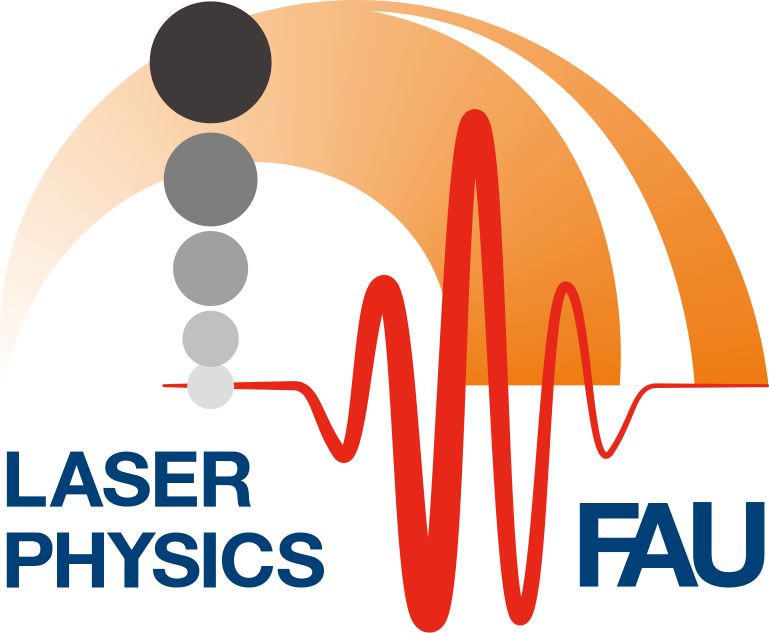Electrons inherit counting statistics of quantum light
Many processes in our everyday life follow their statistics according to a Poisson distribution. In fact, typical laser sources also behave in this way. For pulsed lasers, this graphically means that the number of photons in a laser pulse fluctuates around a certain mean value (with the root of the mean). In our current publication, we use femtosecond laser pulses to study the statistical distribution of electron emission from nanometer-sharp tips. Here we first showed that the electron distribution after emission also follows a Poisson distribution, which was not exactly surprising.
But what happens when one uses non-classical light sources that follow a different photon statistics? Together with our colleagues in the group of Professor Chekhova and Professor Ido Kaminer, we used so-called squeezed light (“bright squeezed vacuum”) to drive electron emission. This light has an unusual photon distribution with very high fluctuations, where the highest probability of detection is zero photons, but there can also be very large numbers of photons per pulse.
Now we had the question: if we shoot this light at our tips and emit electrons with it, will the electron distribution look Poissonlike, or can we transfer the quantum statistics of the photons to the electron number statistics?
You can now read the answer to this question and why this can become highly interesting for imaging with electrons on the PrePrint server here – and the answer to the question is: the electrons take over the photon distribution

